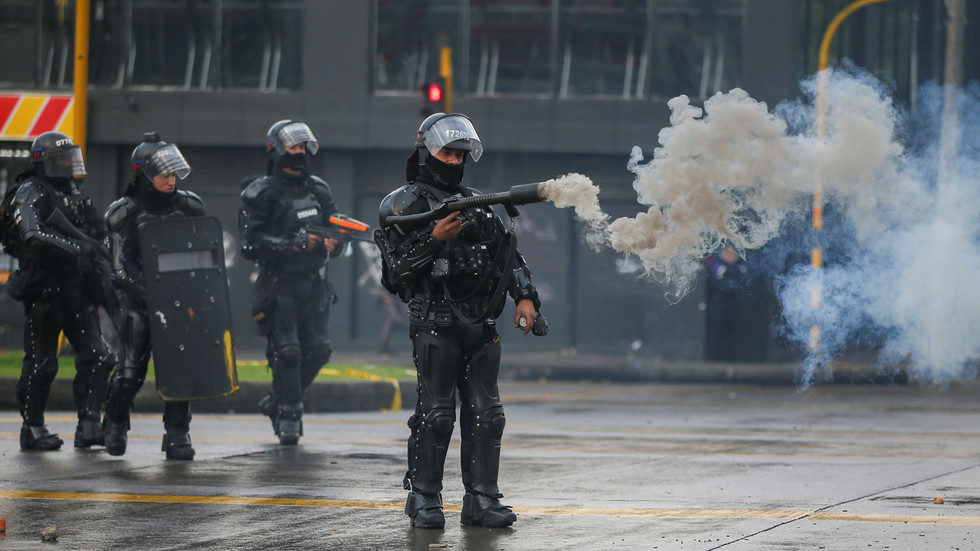OF THE
TIMES
The course of life and labour reminds me of a long journey I once took on the railway. Suddenly, there was a breakdown ahead, and passengers took the event in various ways. Some of them sat still resignedly, and never said a word. Others again, went to sleep. But some of us leaped out of that train, and ran on ahead to clear the road of all obstructions.
For those of us who have been critics of Cohen from when he was still working for Trump, it is mystifying that anyone would call him to the stand...
I remember trying to listen to NPR on my boring drive to work during Covid. I'd find myself yelling at the radio in outrage. It was hard to...
If this is true it's getting ridiculous. I mean asking and requesting.
Sea water is an electrolyte ... yet no mention of any measurements of electromagnetism. Just 'wind', undefined. Jet streams contain protons and...
I am reminded of this article from the Unz review, also posted on SOTT. Possibly neglected by some readers. The Gaza Genocide as Explicit Policy:...
To submit an article for publication, see our Submission Guidelines
Reader comments do not necessarily reflect the views of the volunteers, editors, and directors of SOTT.net or the Quantum Future Group.
Some icons on this site were created by: Afterglow, Aha-Soft, AntialiasFactory, artdesigner.lv, Artura, DailyOverview, Everaldo, GraphicsFuel, IconFactory, Iconka, IconShock, Icons-Land, i-love-icons, KDE-look.org, Klukeart, mugenb16, Map Icons Collection, PetshopBoxStudio, VisualPharm, wbeiruti, WebIconset
Powered by PikaJS 🐁 and In·Site
Original content © 2002-2024 by Sott.net/Signs of the Times. See: FAIR USE NOTICE

"The government of the United States doesn't want peace. It wants to exploit its system of exploitation, of pillage, of hegemony through war. It wants peace, but what's happening in Iraq? What happened in Lebanon? Palestine? What's happening? What's happened over the last hundred years in Latin America and in the world?"
Hugo Chavez